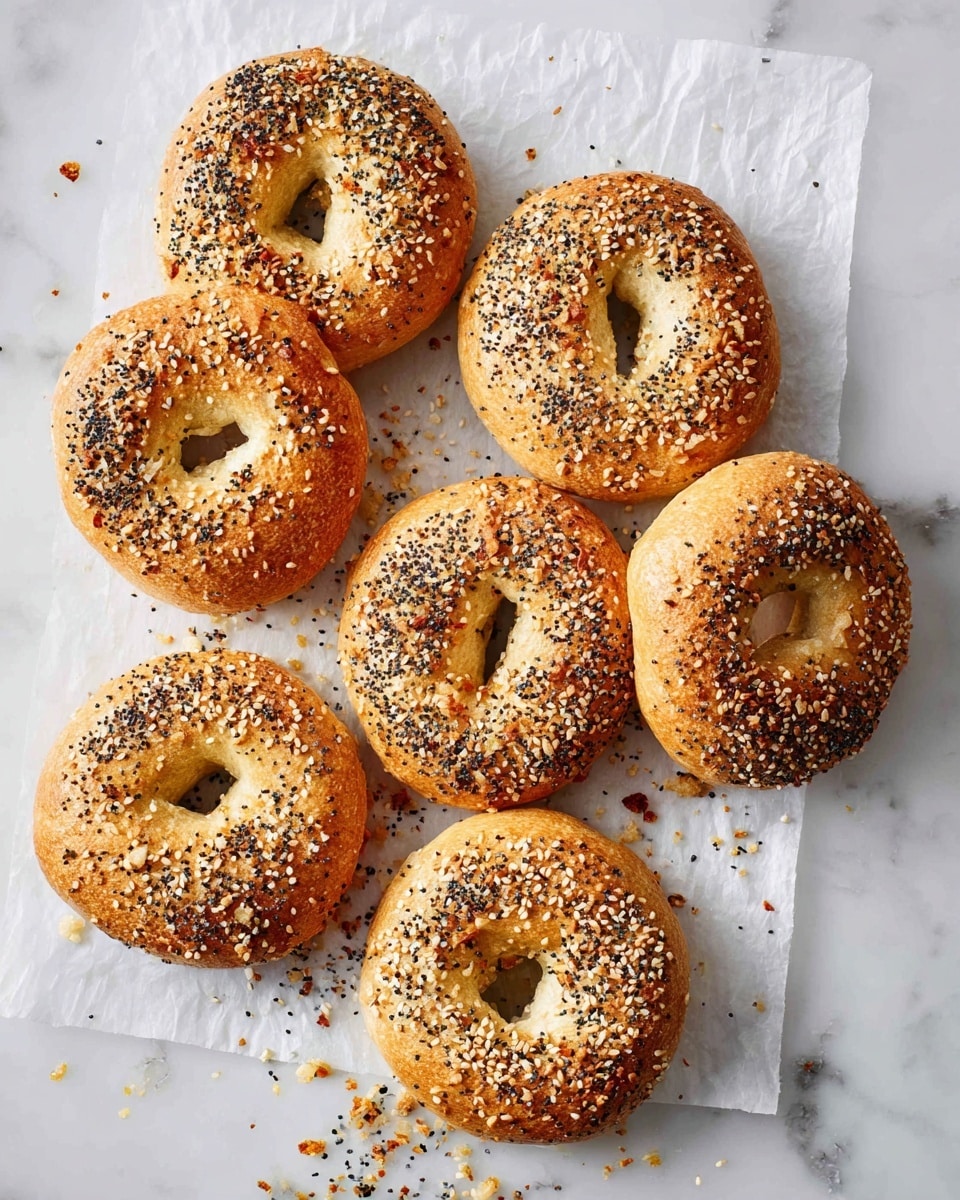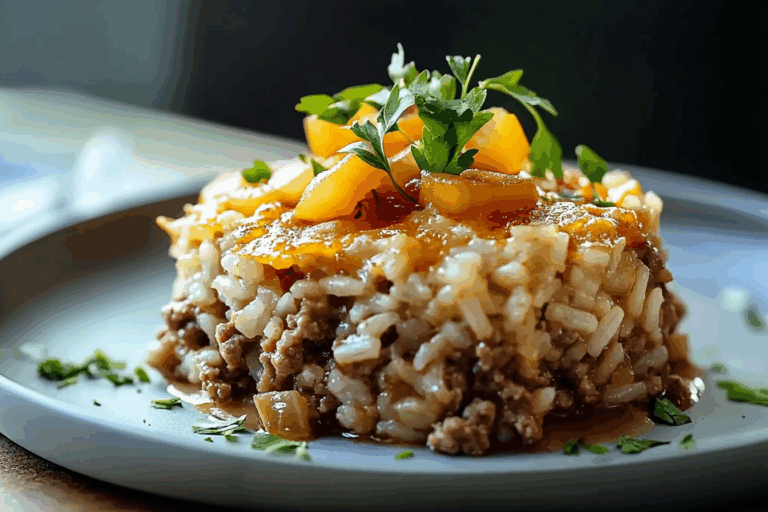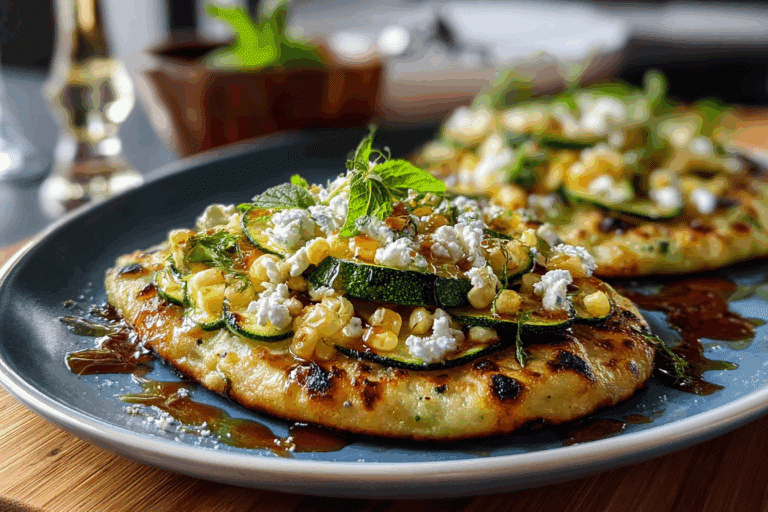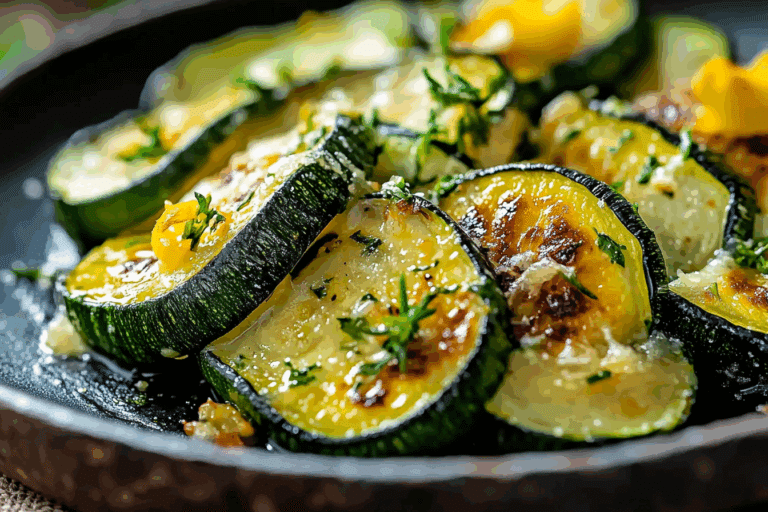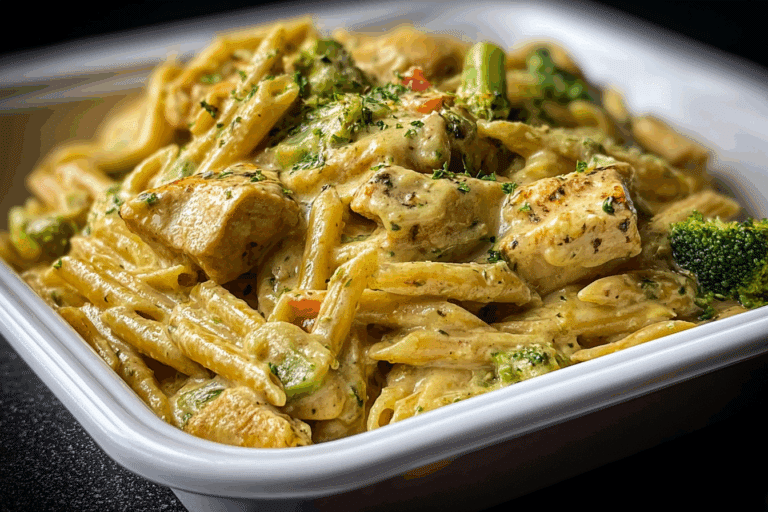Homemade Bagels Recipe
There’s something truly comforting about biting into a fresh, homemade bagel—crispy on the outside, chewy and soft on the inside, and just the right balance of flavor. That’s why I cherish this Homemade Bagels Recipe so much. It’s the kind of recipe that feels like a little weekend project, perfect for when you want to impress your family or just treat yourself to bakery-quality bagels without leaving the house.
What makes this bagel recipe special is its simplicity and the subtle sweetness from maple syrup, which adds depth without overpowering. Plus, the process of boiling the bagels before baking creates that signature chewy crust that we’ve all come to love. If you’ve been craving fresh bagels but assumed those are out of reach without fancy equipment or ingredients, this recipe is here to prove otherwise—let’s dive in and make sure your bagels turn out beautifully every time.
Ingredients You’ll Need
The beauty of this Homemade Bagels Recipe is that it uses straightforward, pantry-friendly ingredients that come together in perfect harmony. Each one plays a role—from creating that chewy texture to nurturing the rise and adding that golden color.
- Maple syrup or barley malt syrup: I like the rich flavor malt syrup provides, but pure maple syrup works just as well and is easier to find in most kitchens.
- Active dry yeast: This is your leavening agent—it wakes up when mixed with warm water and gets the dough puffed and airy.
- Warm water: Warm (not hot!) water activates the yeast gently; I usually test it with my finger to make sure it’s comfortable, like a warm bath.
- Bread flour: The high protein content is key for that chewy bagel texture. All-purpose flour won’t quite give you the same bounce.
- Sea salt: Salt balances the sweetness and strengthens the gluten, creating structure.
- Maple syrup (for poaching water): Adds subtle sweetness to the water, helping the crust brown beautifully during baking.
- Baking soda: This alkaline ingredient raises the pH of the boiling water, boosting that classic bagel chewiness and shine.
- Salt (for poaching water): A small pinch enhances flavor right at that boiling stage.
- Egg white and water (optional): Brushing bagels with egg white before baking gives them a glossy finish, but it’s totally fine to skip if you want a more rustic look.
Variations
Personally, I love tweaking this Homemade Bagels Recipe depending on my mood and what I have on hand. It’s so adaptable that you can easily make it your own and still come out with delicious bagels every time.
- Whole wheat or multigrain: I swapped half the bread flour for whole wheat once, and the nuttier flavor was fantastic. Just add a bit more water as whole wheat flours soak more.
- Sweet toppings: Cinnamon sugar or a drizzle of honey after baking can turn your bagels into a breakfast treat.
- Savory add-ins: I’ve mixed in everything bagel seasoning, garlic powder, or fresh herbs right into the dough for extra flavor complexity.
- Gluten-free adaptation: While trickier, a blend of gluten-free flours with added xanthan gum can work, but you’ll want to experiment with hydration and rising times.
How to Make Homemade Bagels Recipe
Step 1: Activate Your Yeast
Start by mixing your warm water with the maple syrup and active dry yeast. Give it a gentle stir and wait 5 to 10 minutes until it becomes frothy and bubbly on top. This is the yeast waking up and getting ready to work its magic. If your mixture doesn’t foam, that could mean the yeast is expired or the water was too hot or cold—so start over to avoid flat dough.
Step 2: Mix and Knead the Dough
Now, add the bread flour and sea salt into a large bowl or your mixer’s bowl. Pour in the yeast mixture and start combining. If you’re kneading by hand, it’ll take about 10 minutes to get a smooth, elastic dough. Using a stand mixer with a dough hook cuts this time nearly in half and makes it way easier on your arms. The dough should feel firm but tacky—not sticky. If it’s too wet, sprinkle a little more flour cautiously.
Step 3: Let the Dough Rise
Shape your dough into a ball, place it in a lightly oiled bowl, and cover with a damp cloth or plastic wrap. Give it at least an hour in a warm spot to double in size. I usually set mine near the oven or on a sunny windowsill. This part is crucial for fluffy, light bagels.
Step 4: Shape Your Bagels
Punch down the dough and divide it into even portions—usually about 8 to 10 pieces, depending on your preferred bagel size. Roll each piece into a ball, then poke your thumb through the center and gently stretch the hole to form that definitive bagel shape. Try not to make the hole too small since it’ll shrink a bit during cooking.
Step 5: Boil the Bagels
This is the fun (and somewhat surprising) part of bagel making! Bring a large pot of water to a boil with maple syrup, baking soda, and salt. Gently drop a few bagels at a time into boiling water and boil each side for about 1 to 2 minutes. You’ll see them puff right up—that’s the chewy crust starting to form. Don’t overcrowd the pot to keep them cooking evenly.
Step 6: Bake Until Perfect
Preheat your oven to 425°F (220°C) while you finish boiling. Lay the bagels on a parchment-lined baking sheet. If you want that shiny finish, brush them lightly with a mixture of egg white and water. Bake for 20 to 25 minutes until golden brown. I find rotating the pan halfway through baking helps them brown evenly. Let cool on a wire rack for a few minutes before slicing.
How to Serve Homemade Bagels Recipe
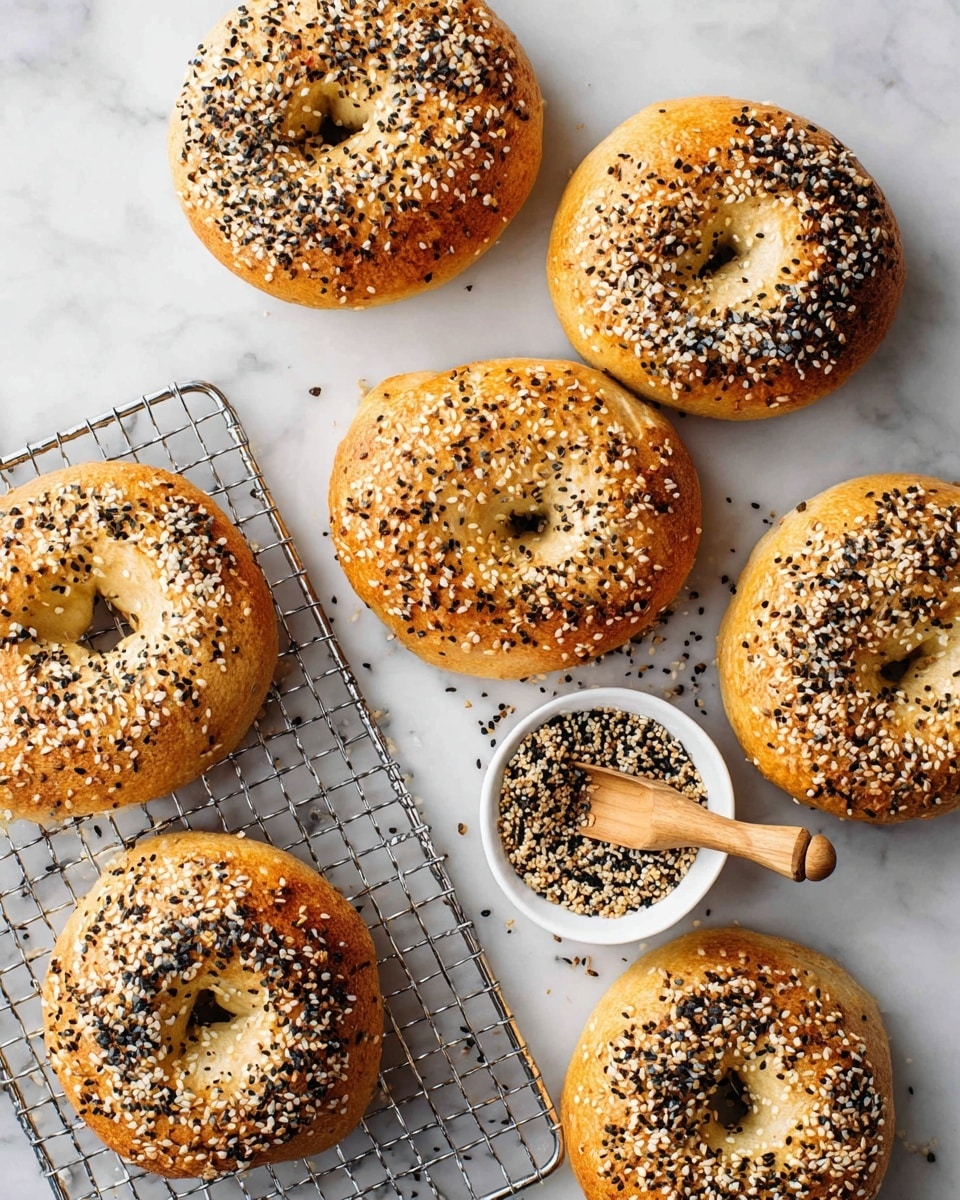
Garnishes
I’m a big fan of simplicity when it comes to garnishing bagels. Classic schmears of cream cheese are always a hit, but I also love plenty of everything bagel seasoning sprinkled on top after brushing with egg wash. Sesame seeds or poppy seeds add great texture, and sometimes I go wild with fresh herbs or a slice of smoked salmon for an extra special touch.
Side Dishes
Bagels are so versatile—you can keep it light with fresh fruit or a simple green salad, or go hearty with scrambled eggs and crispy bacon. When hosting brunch, I often serve them alongside sliced tomatoes, red onions, capers, and a platter of cheeses. It’s such a crowd-pleaser!
Creative Ways to Present
If you want to make bagels the star of a party, try slicing them in half and creating mini bagel sandwiches filled with flavored cream cheeses, smoked trout, or avocado and sprouts. On festive mornings, arranging a bagel board with an assortment of toppings—like cucumbers, radishes, hummus, and marinated olives—is both stunning and delicious.
Make Ahead and Storage
Storing Leftovers
After enjoying fresh bagels, store leftovers in a paper bag inside a bread box to help maintain the crust’s texture for a day or two. I avoid plastic for short-term storage since it can make the crust soggy. For the best experience, I recommend eating them within 48 hours.
Freezing
I freeze any extra bagels by wrapping them tightly in plastic wrap and then placing them in freezer bags. This keeps them from drying out and helps preserve their chewy texture. When I want one, I just pop it from the freezer straight into the toaster or oven—it’s a game changer for busy mornings.
Reheating
To reheat, I slice the bagel in half and toast it lightly. If you want the fresh-baked gloss back, try warming it under the broiler for a minute—but watch closely! This approach brings back that fresh-from-the-oven vibe without drying the crumb.
FAQs
-
Can I use all-purpose flour instead of bread flour for this Homemade Bagels Recipe?
You can use all-purpose flour, but keep in mind the texture will be less chewy and a bit softer since bread flour has a higher protein content that creates more gluten, which is key to that classic bagel chewiness. If you use all-purpose, consider adding a bit more kneading time to develop the gluten as much as possible.
-
Is it necessary to boil the bagels before baking?
Boiling is what sets bagels apart from regular bread rolls. It gelatinizes the starch on the surface, creating that shiny, chewy crust and chewy interior. Skipping the boil results in more of a bread roll texture and less authentic bagel experience.
-
How can I make my bagels shiny without using egg wash?
If you prefer not to use egg wash, you can brush the bagels with some of the boiling water syrup mixture or lightly spray with water before baking to encourage browning to an extent, but keep in mind the egg white does create a distinctive glossy finish.
-
Can I prepare the dough ahead of time?
Yes! You can prepare the dough, shape the bagels, and refrigerate them overnight. Bring them back to room temperature before boiling and baking. This slow proofing can even deepen the flavor.
-
What toppings work best with homemade bagels?
Classic choices like sesame seeds, poppy seeds, sea salt, and “everything bagel” seasoning work beautifully. You can also get creative with dried onion flakes, garlic powder, or even cracked pepper for a savory twist.
Final Thoughts
This Homemade Bagels Recipe holds a special place in my kitchen routine because it brings that little slice of New York bagel magic right home. I love how helping hands, whether family or friends, can gather around the kitchen counter and get involved shaping, boiling, and baking together. It’s a hands-on, rewarding experience that transforms simple ingredients into something truly comforting and memorable. I hope you give this a go—it’s worth every minute, and you’ll be amazed at how satisfying homemade bagels can be!
Print
Homemade Bagels Recipe
- Prep Time: 25 minutes
- Cook Time: 30 minutes
- Total Time: 2 hours 20 minutes
- Yield: 8 bagels 1x
- Category: Breakfast
- Method: Baking
- Cuisine: American
Description
This homemade bagels recipe yields chewy, golden-brown bagels with a slightly sweet flavor, thanks to maple syrup and barley malt syrup. The dough is boiled briefly in a baking soda-enriched water bath before baking, creating the classic bagel crust and dense, soft interior. Perfect for customizing with your favorite toppings and ideal for breakfast or snacks.
Ingredients
Dough
- 1 tablespoon maple syrup or barley malt syrup
- 1 (¼-ounce) pkg active dry yeast (2¼ teaspoons)
- 1¼ cups warm water
- 540 grams bread flour
- 2 teaspoons sea salt
Poaching Water
- 1½ tablespoons maple syrup
- 2 teaspoons baking soda
- ½ tablespoon salt
Toppings (optional)
- 1 egg white
- 1 tablespoon water
Instructions
- Activate the yeast. In a large bowl, combine warm water with 1 tablespoon maple syrup or barley malt syrup and sprinkle the active dry yeast over it. Let it sit for about 5-10 minutes until the mixture becomes foamy, indicating that the yeast is active.
- Make the dough. Add the bread flour and sea salt to the yeast mixture. Mix the ingredients until a cohesive dough forms. Turn the dough onto a floured surface and knead for about 10 minutes until smooth and elastic.
- First rise. Shape the dough into a ball and place it in an oiled bowl. Cover with a clean towel or plastic wrap and let it rise in a warm place for about 1 to 1.5 hours until it doubles in size.
- Shape the bagels. Punch down the risen dough and divide it into 8 equal portions. Shape each portion into a ball, then poke a hole through the center with your finger and gently stretch to form a bagel shape, about 2-3 inches in diameter.
- Prepare the poaching water. In a large pot, bring water to a boil and add 1½ tablespoons maple syrup, 2 teaspoons baking soda, and ½ tablespoon salt. Reduce to a gentle simmer.
- Boil the bagels. Carefully drop 2-3 bagels at a time into the simmering poaching water. Boil each side for about 1 minute, then remove with a slotted spoon and drain on a clean kitchen towel or wire rack.
- Preheat oven and prepare egg wash. Preheat your oven to 425°F (220°C). If desired, whisk together the egg white and 1 tablespoon water to brush over the boiled bagels for a shiny crust.
- Bake the bagels. Place the boiled bagels on a parchment-lined baking sheet. Brush the tops with the egg wash if using. Bake in the preheated oven for about 20-25 minutes until the bagels are golden brown and cooked through.
- Cool and serve. Remove bagels from the oven and let them cool on a wire rack before slicing and serving.
Notes
- For a chewier crust, use barley malt syrup preferred in traditional recipes, but maple syrup is an excellent substitute.
- If you don’t have bread flour, all-purpose flour can be used but may result in less chewy bagels.
- Do not skip boiling the dough; this step is essential for the classic dense and chewy bagel texture.
- Bagels can be topped with sesame seeds, poppy seeds, or everything bagel seasoning before baking for extra flavor.
- Store leftover bagels in an airtight container or freeze for longer shelf life. Reheat by toasting or baking lightly.
Keywords: homemade bagels, bagel recipe, how to make bagels, chewy bagels, breakfast bagels

